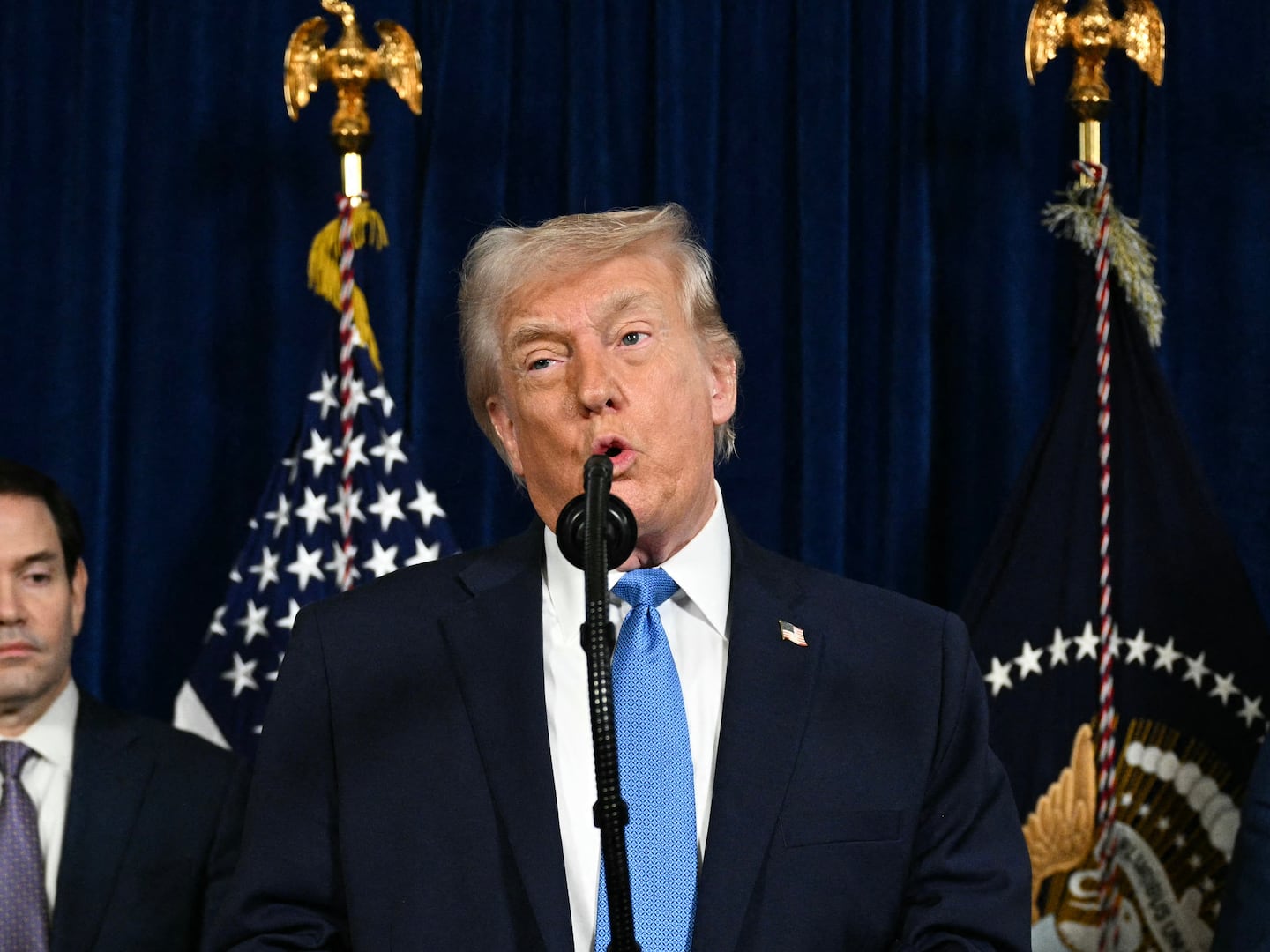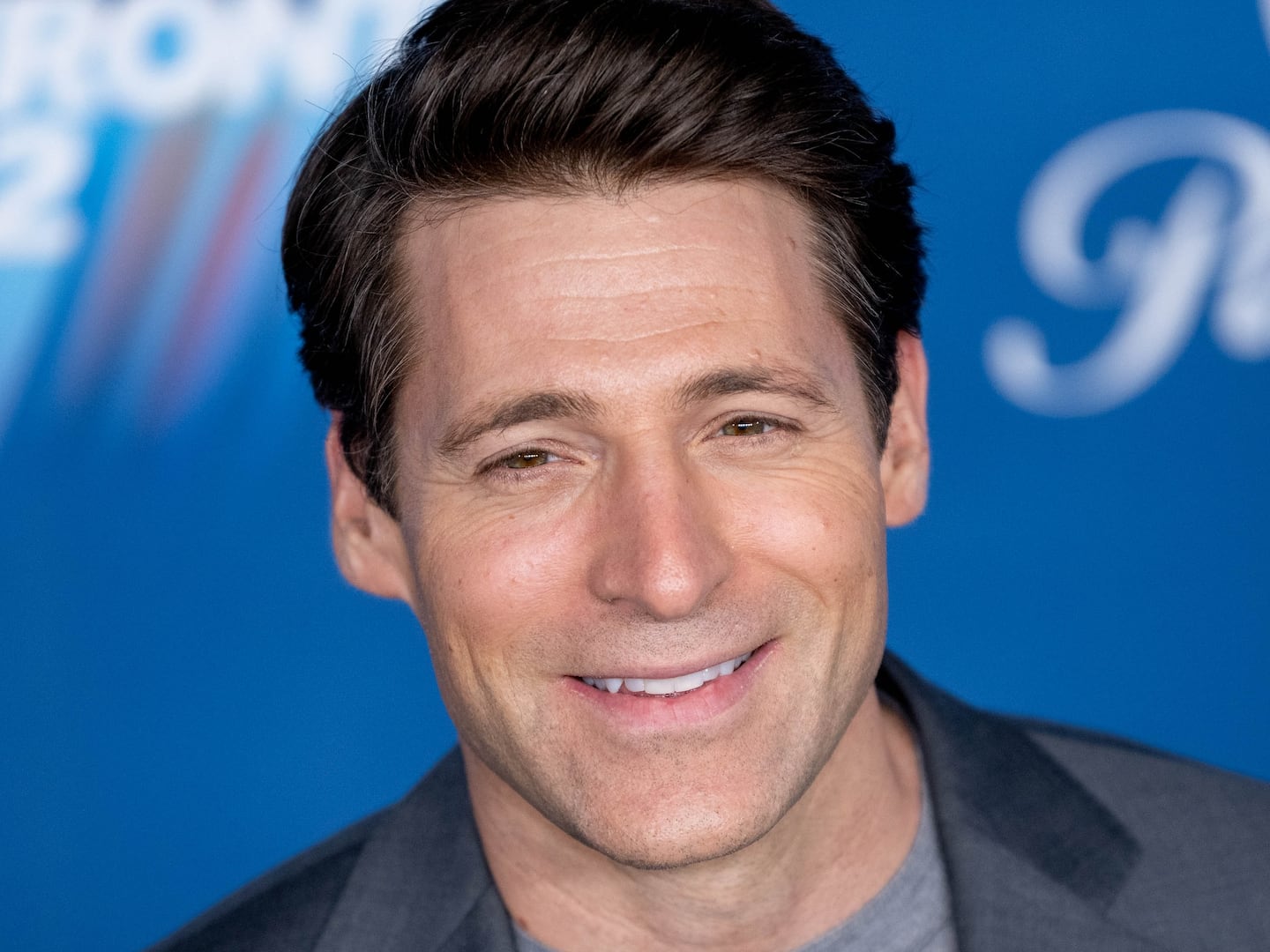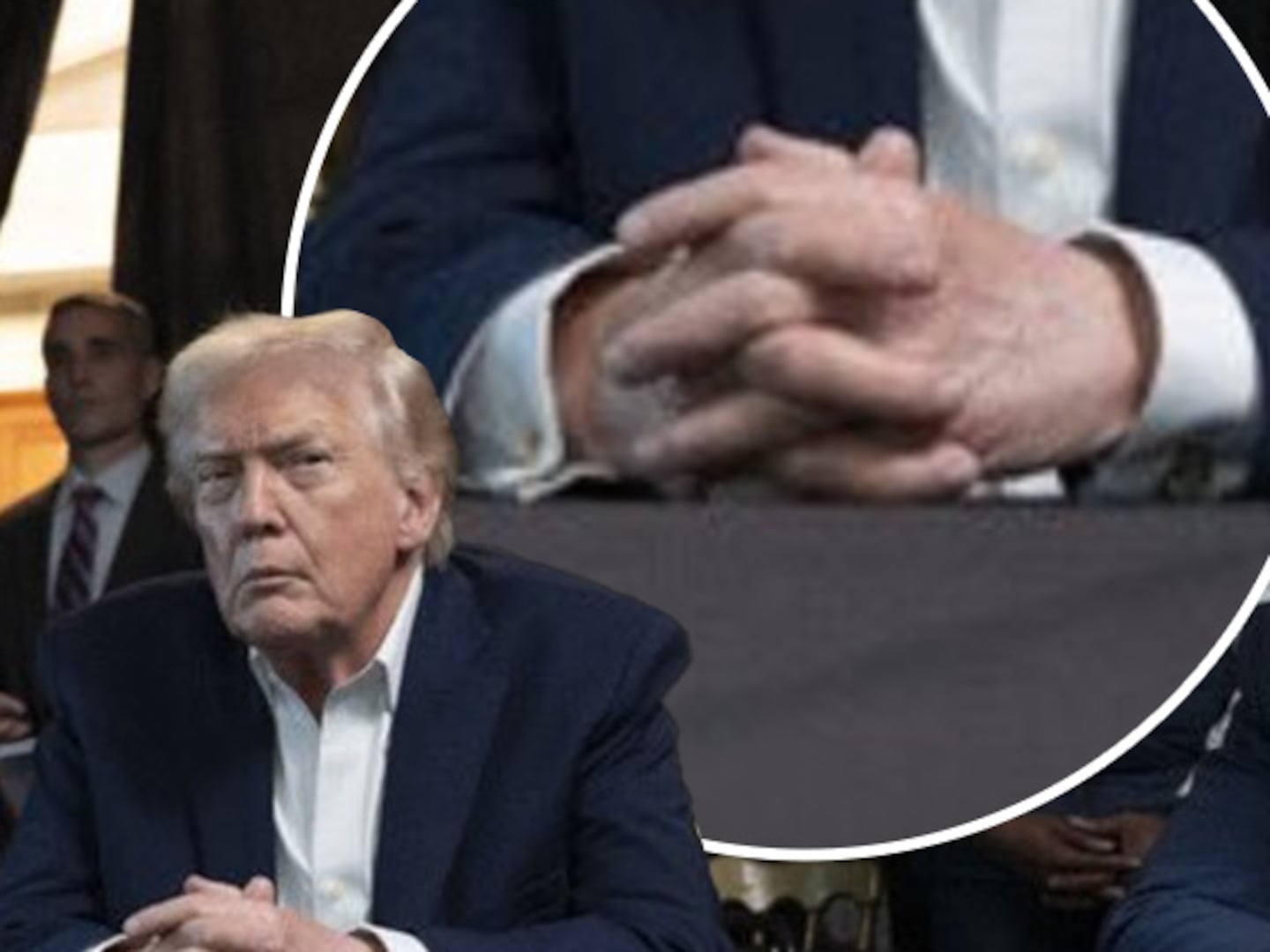The late Vice Admiral James B. Stockdale was flying a mission over North Vietnam on September 9, 1965, when his plane was struck by enemy fire. He ejected from the aircraft and parachuted into a tiny North Vietnamese village, where he was taken prisoner by the NVA in the Hoa Lo Prison (otherwise known as the Hanoi Hilton). He was imprisoned there for seven and a half years, and was tortured and beaten regularly. Once, when told he’d be paraded about in public and used as NVA propaganda, mutilated himself by slitting his face with a straight razor.
Despite the pain and torment inflicted upon him, he led a resistance movement among the prisoners, crafting a covert string of communications that reached the CIA. This true story remained classified by the U.S. government for 40 years—until now.
When word came that Hanoi would release American prisoners, Dad had been jailed for well over seven years. Although in solitary confinement—and combinations of leg irons, pinch cuffs, and blindfolds for more than half that time—he and his fellow prisoners were able to forge a community of resistance and covert communication. Within the walls they corresponded via tap code, knotted string, and daredevil shouts. Beyond their confinement, they used invisible carbon techniques, cryptography, and (at the very end) microdots to reach from their prison cells to the offices of Naval Intelligence and beyond. Any hint of the more significant communication methods has, with good reason, been suppressed by the U.S. government for decades. But the security effort prevented the public from hearing enough of this story to credit the sacrifices of those who gave so much to the effort. For over 40-plus years my parents (and others) endured wrathful admonitions of intelligence specialists for even hinting that “outside communication” took place. Finally, it is possible to reveal secrets that vividly speak to the courage and determination of Americans held inside the prisons of North Vietnam. I was just fourteen when he left for the “long cruise,” and following his release, I flashed across the years during which his fate (and that of our family) hung in sometimes horrifying limbo. The first “secret writing” message we saw was, “Hand and leg irons 14-16 hours a day. Masters at torture,” followed by a list of more than 40 prisoner names, some of them already classified as Killed in Action by the Pentagon. They were threatened with war crimes trials and marched through the angry streets of Hanoi handcuffed and bound while civilian bystanders hurled both punches and rocks at them. In February of 1973 those who survived were repatriated.
For months after his return I was at Dad’s side as aide-de-camp, editor, and driver. We would talk late into the night. I was with my most natural mentor at what might have been the perfect moment of influence and gave myself over to the experience. During those days of formal and informal debriefing, Dad would highlight dry narrative description with stories to illustrate the frequent absurdities of life in political prison. In a page straight from Kafka, there were times when prisoners were tortured or beaten to sign statements praising the “humane and lenient treatment” afforded them by their captors.
Weeks after homecoming Dad was invited to contribute an op-ed about his experience. Keeping with routine, we stayed up late the night before hammering on an old Underwood until “Back from Hanoi” was prepared for its appearance. Later that same April, in a clerical wing at AIRPAC (Air Pacific Headquarters) in San Diego, his official debrief was layered in about a dozen copies for distribution to official channels. Dad pulled one off the top of the stack and handed it to me for reference and safekeeping.
Forty-two years later, following the collection of stories and testimony to fill in the blanks, my most recent reading of the debrief unfolded as the intelligence community has declassified the “rest of the story.” Over the years, dozens of articles and almost as many films have chronicled what these courageous American prisoners endured. Finally, even out of their most primitive of conditions, we have the story of what they accomplished. One minute into the film Robert Wallace (former Director of the CIA’s Office of Technical Services) notes that the communications operation, “Is recognized as one of the most significant activities in Agency history.” When Bob Boroughs of Naval Intelligence reached out to other clandestine services in 1967 for their expertise, the challenge was significant. But persistence, risk-taking, and cooperation led to a durable communications network that serves as an exemplar for the architects of secret alliances. Some observers question the relevance of this historical review. But as I have watched it unfold, the film is as contemporary as it is bold. It brings the viewer face-to-face with the often grim reality that accompanies our call to conflict. Many of the wars since Vietnam (whether labeled unconventional, guerilla, or asymmetrical) echo many of its themes. Sometimes we demonstrate that we learned from that experience, sometimes not. But to prevent needless suffering of brave soldiers and their families, we need to keep a clear head. For some time now (as in 1964), U.S. forces have been approaching dangerous territory. Last week, the USS Theodore Roosevelt entered the Gulf of Oman. An American aircraft carrier near any hostile foreign land is the apotheosis of her namesake’s enduring quote, “Speak softly and carry a big stick.” While appreciating “speak softly” forbearance, we know our aircraft have flown strategic “big stick” sorties over white-hot territories in the Middle East. We may be trying to have it both ways.
Having lived it in many parts years ago, I wonder if we are prepared for perilous outcomes. Whether the shot is calculated or it flies from the desert with dumb luck, the enemy knows the value of downing a U.S. pilot. I am, and I think others may be, ill prepared for film of an American aviator, hands-bound, and kneeling. While the thought makes my mind race, my heart will be with the teenage son, who, watching this play out on TV, closes the door to his room, sits on the edge of his military kid roll-away bed, and wonders, “Now what?”
We should answer that question before he asks it.
A film documenting the courage, creativity, and innovation of American military personnel could not be better timed. And one that simultaneously celebrates the heartfelt, stalwart support of military families as well as rare, risk-taking supports inside government agencies should be required viewing for those who treasure what others protect.
“The Spy in the Hanoi Hilton” airs on the Smithsonian Channel on Monday night, April 27 at 8:00 p.m.
Vice Admiral James B. Stockdale was one of the most highly-decorated officers in the history of the U.S. Navy, having received The Medal of Honor, 4 Silver Stars, 3 Navy Distinguished Service Medals, The Legion of Merit, 2 Distinguished Flying Crosses, and 2 Bronze Stars. He later ran for Vice President in 1992 alongside Ross Perot.






